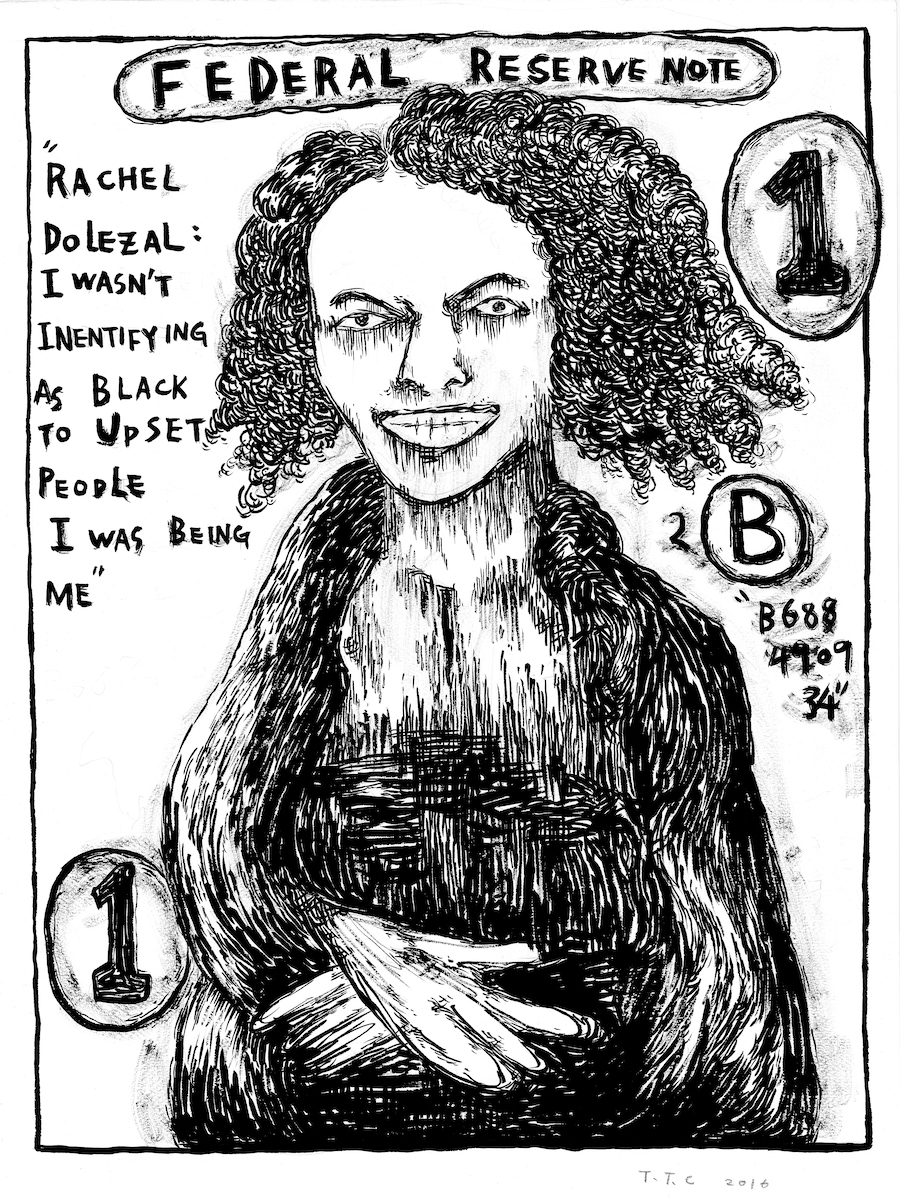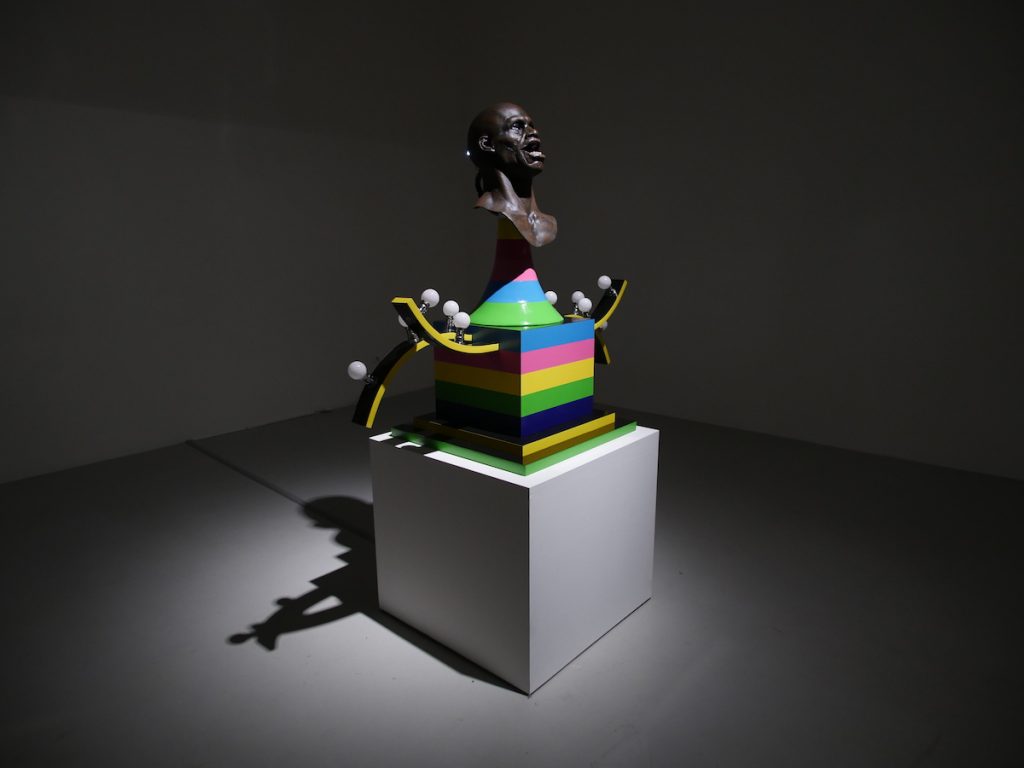Browse

[If] I had been with those Jesuits, that are said to have presented the first watch to the king of China, who took it to be a living creature, I should have thought I had fairly accounted for it, if, by the shape, size, motion &c. of the spring-wheels, balance, and other parts of the watch I had shewn, that an engine of such a structure would necessarily mark the hours, though I could not have brought an argument to convince the Chinese monarch, that it was not endowed with life.(註7)
The philosophical implication with chime clock as an “automaton” and its connection with the East are precisely told in the aforementioned recount made by 17th century natural philosopher, Robert Boyle (1627-1691). Thus, when artist Ting-Tong Chang traveled from the Far East and arrived in London, a city that used to the center of scientific debate in the 17th century, he began to contemplate on how to respond to this hub of Europe in the contemporary setting, the chime clock, a “philosophical toy”, then became a befitting metaphor. Furthermore, the process with him producing these kinetic installations in a studio had also seemingly become a simulated journey on the production of scientific knowledge.

Visually, Jean-Baptise-Andre’ Furet’s African Prince Mantel Clock 1784 sits on a decorative Africana style wooden frame with colorful geometric pattern and light bulbs, and the other kinetic installation, Pierre Jaquet-Droz Singing Bird Cage 1780 (2017) shows a taxidermy of a crow in a clear acrylic display case that is also placed on a wooden pedestal of similar style. The mention of the name Pierre Jaquet-Droz pays homage to a man that has come to be recognized as a brand for his time keeping creations with singing-bird mechanisms.
The mechanical crow is seen flapping its wings and repeatedly reciting a progressive anti-government manifesto derived from Silk Road, which was once the largest marketplace in the Dark Web.(註8) These words of extreme right-wing liberalism are read in a Scottish accent, and while this (simulation) chime clock recites the highly idealistic anonymous manifesto on the economic structure, its form as a caged bird unable to fly also becomes apparent at the same time. The absurd dilemma with self-government displayed(註9) also reflects the highly autonomous contemporary art market, where realistic conditions are controlled by intensive capital regulations – just as the artist had mentioned in an interview that he needs to constantly submit his proposals and is also constantly getting rejected, with the futile actions repeated again and again in the loop of the art-capital system.
The other chime clock that mimics the features of a person conveys a social ideal that is in pursuit of mechanical rationality. Speaking of realistic simulation, the Turk by Wolfgang von Kempelen would have to be considered as one of the highest expressions ever created in the genre. The Turk was a chess-playing machine that could outplay a human. We shall take a moment here to look back on this hoax. The Turk was an infamous automaton (or a “robot” prototype) constructed in the late 18th century. Dressed in Ottoman robes and a turban, the Turk was made to look like an “oriental sorcerer”. It’s right hand (which was his chess-playing side) was placed on the top of a cabinet that measured about 3 feet long, 2 feet wide, and 2 feet high. The Turk was made by von Kempelen in 1770 to please a female aristocrat. However, it was designed so that a dwarf could hide inside to operate the machine. This secret wasn’t exposed till 1857 in The Chess Monthly. Although unable to realistically play against a person, the Turk was able to solve the knight’s tour, which is a chess puzzle, via a closed loop solution.
As pointed out by Walter Benjamin and others, to think of the concealed operator in the Turk as an operating interface, the “dwarf (a real person) hiding inside” was just like the other design components, such as the wheels and gears, which were “rationally” constructed on the operating interface. Therefore, by exposing that the Turk was unable to play the chess on its own, it was simply just bringing to light people’s fear for the possibility of a machine taking control under the human similitude. In actuality, the “chime clocks” by Ting-Tong Chang are made with digital controls, 3D printed circuit boards and not made with preindustrial gears and wheels, or other analog components. Chang uses the chime clock as a metaphor for re-grafting his own contemporary cultural parody or simulation on this digital kinetic sculpture with bio-inspired façade.
How to Simulate a Machine?
Perhaps what we should be paying attention to when dealing with conflicting Eastern and Western cultures or the paradox with automaton not being alive is the ability to see “machine” as a form of (natural/social) model for the production of scientific knowledge, as to not overly quickly exclude ourselves from being associated with the machine. In other words, as spectators, how should we explain the agency of these simulation chime clocks? Regarding this, “Alan Turing, in his 1950 paper ‘Computing Machinery and Intelligence’, proposed that philosophers, instead of attempting to answer semantic questions about whether a machine can think, should instead apply an ‘Imitation Game’ to the problem.”(註10)
Thus, Chang has approached simulation in a contrary manner with these machines he has created, treating the circuit boards containing the sound files as the core design installed internally under the silicone skin and the crow taxidermy. The gesture almost severs completely the audience’s expectation for bio-inspired artistry, and the later even further turns to reexamine the semantic connections between politics, social philosophy, and art.
Thomas Hobbes (1588-1679), who was a purveyor of mechanistic-materialism, proposed in his book of political ontology, Leviathan (1651), the concept of state machine, with the Universal Order of machine serving as a model for an ideal society, whereby people are able to apply rationality to overcome flaws and attain perfection. Hobbes’s interest with the connection between rationality in political science was combined with the principles of physical motion, and he was against the objectiveness of perceptual experience and its effectiveness when used in observation. Hobbes argued that “reasoning” must take precedence over observations of “experiment”. Hobbes argued against Boyle’s philosophy of seeing the matter of fact as the foundation of proper knowledge, and proposed that “facts” that have been recognized by certain procedures are the ones that hold evidentiary power for “what you see if what you get.” (Shapin & Schaffer) In which case, machine then serves to remind us (spectators) of the contradiction between the effectiveness of knowledge production technologies and its subjective recognition.
When the (material) technology of the chime clock is introduced by the artist using an objective production method of simulation without human interference, as a (social) technology for “seeing” reality in a specific space or exhibition, the ultimate proposition is dictated by the (literary) technology in the form of artificial recording. Bearing this in mind, could we then consider the exhibition as a model that simulates “machine generated genuine knowledge”, as it becomes a proposition (that points beyond the simulation loop), which objects or makes obsolete the two propositions?(註11)
For 17th philosophers, having (once) solved issues on knowledge meant issues with social order have thereby also been resolved. If the routine of knowledge production were to be suspended, could we then force the machine to open a visible space for dialogue on social order? However, what does the “machine” here stand for? Is it still that chime clock of desire/fear that Europe had projected onto the East in the past, or is it pointing at our collective dwelling environment, which is the art-capital system that has been endlessly and automatically turning? Regardless, through Ting-Tong Chang’s simulation automata, viewers are able to see a new format in a constantly circulating technical system, one that they could engage in and interact with.